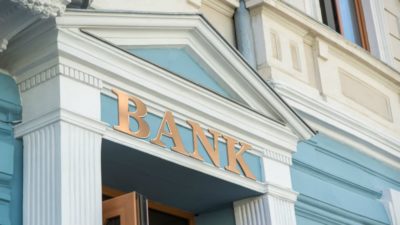The Canada Revenue Agency (CRA) introduced a pension recovery tax to Old Age Security (OAS) with the purpose of taking back income when yours gets too high. This OAS “clawback,” as it’s called, create a huge challenge for retirees looking to save as much as possible in retirement.
How it works
If you make over $79,054 for the 2020 tax year, that’s when the clawback kicks in. At the top of the threshold, if you make $128,149 or more, you can’t claim OAS at all!
So, how much is the clawback? For every dollar you receive over the $79,054, you have to pay the clawback of 15%. So that’s $0.15 for every dollar. It adds up quickly. If you earned, say, $90,000 in 2020, then you would end up paying back $1,641.90 for your clawback.
While almost $80,000 sounds like a lot to live on, remember: this is before you’re taxed. Since you’re in this higher tax bracket, it’s also likely you’re getting taxed at a higher rate as well. So that means the CRA is already getting a lot of tax out of you!
And remember, income is income. You’re likely receiving the Canada Pension Plan, OAS, and money from your Registered Retirement Savings Plan (RRSP). Added together, this is all taxable income that adds onto that original number you’ve made each year. Suddenly, you’re in this higher tax bracket without actually making that money!
All this for OAS that maxes out at $7,362.36 per year. Given that it only took make about $10,000 more to take off $1,600 in clawbacks, it wouldn’t take all that much to reach the $7,000 threshold. But don’t worry. There’s another way to start bringing in that cash, and all tax free!
TFSA partnership
If you’re one of the many Canadians who have a partner in your retirement, then there’s a simple way to start creating a passive income stream: the Tax-Free Savings Account (TFSA). While many retirees have an RRSP, much fewer have a TFSA or even invest in it.
The first step is to open a TFSA. The second step is to create a passive income portfolio between the two of you. This year, that would give you a grand total of $139,000 of contribution room to invest. While I would never suggest investing all in one stock, for the purpose of this example you could take $130,000 of that room and invest in a company like Royal Bank of Canada (TSX:RY)(NYSE:RY).
Royal Bank is a safe and stable stock that has been around for more than a hundred years. That means it’s likely to keep your retirement savings safe over the next few decades at least. It has also seen steady rises in dividends in that time. Right now, the bank offers a dividend yield of 4.39%.
Meanwhile, returns have come in at a strong 10.63% compound annual growth rate (CAGR) for the last decade! The company foresees similar movement in the future, supported by wealth and commercial management and exposure to new markets.
Bottom line
If you were to take that $130,000 and put it into Royal Bank, that could quickly turn your retirement around. Suddenly, you’re making almost as much as you would have from OAS alone! And that’s all tax free money you don’t have to report on a tax return.
In fact, that $130,000 would bring in dividends of $5,616 per year. That’s $468 a month! Add on average returns, and you could also see a further $13,000 in the bank next year for a total of $18,616 in a year.
That’s a total of $1,551.33 per month!









